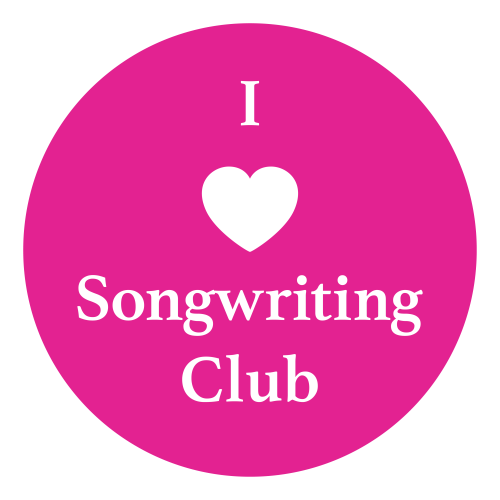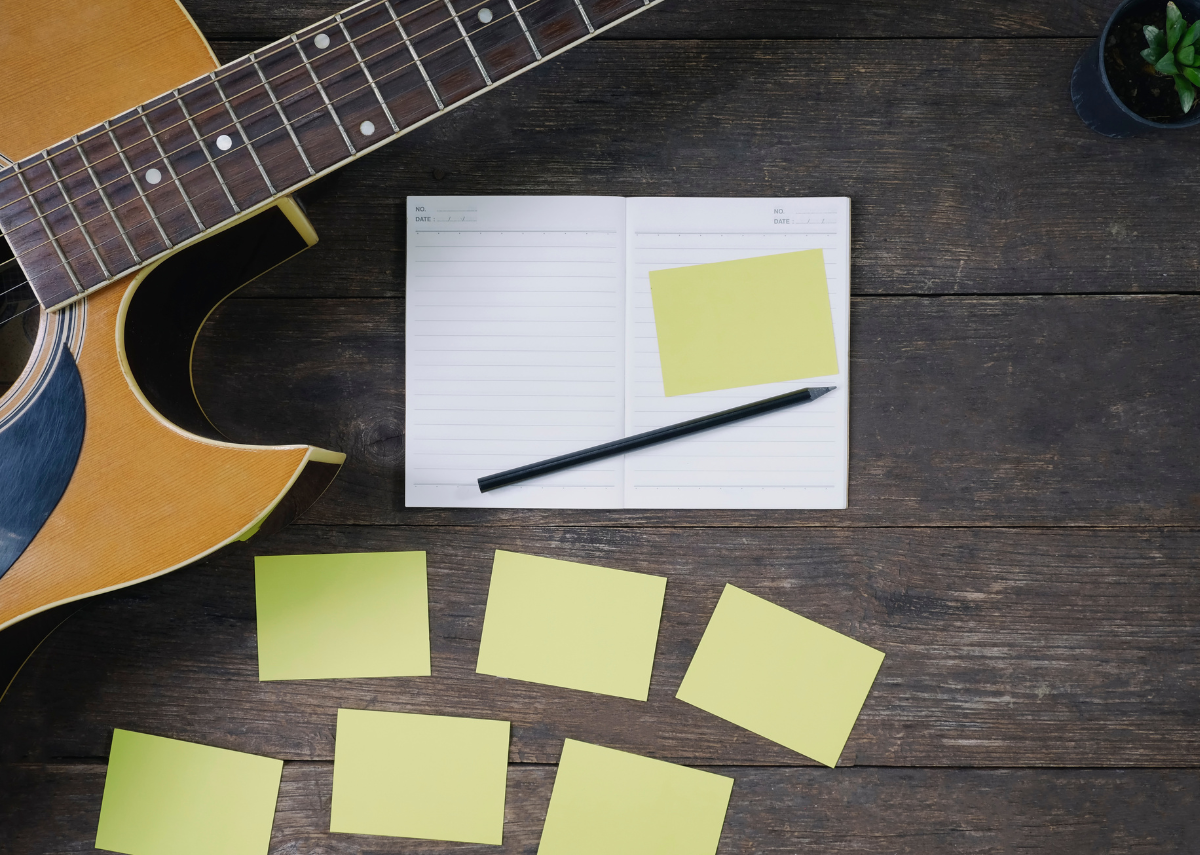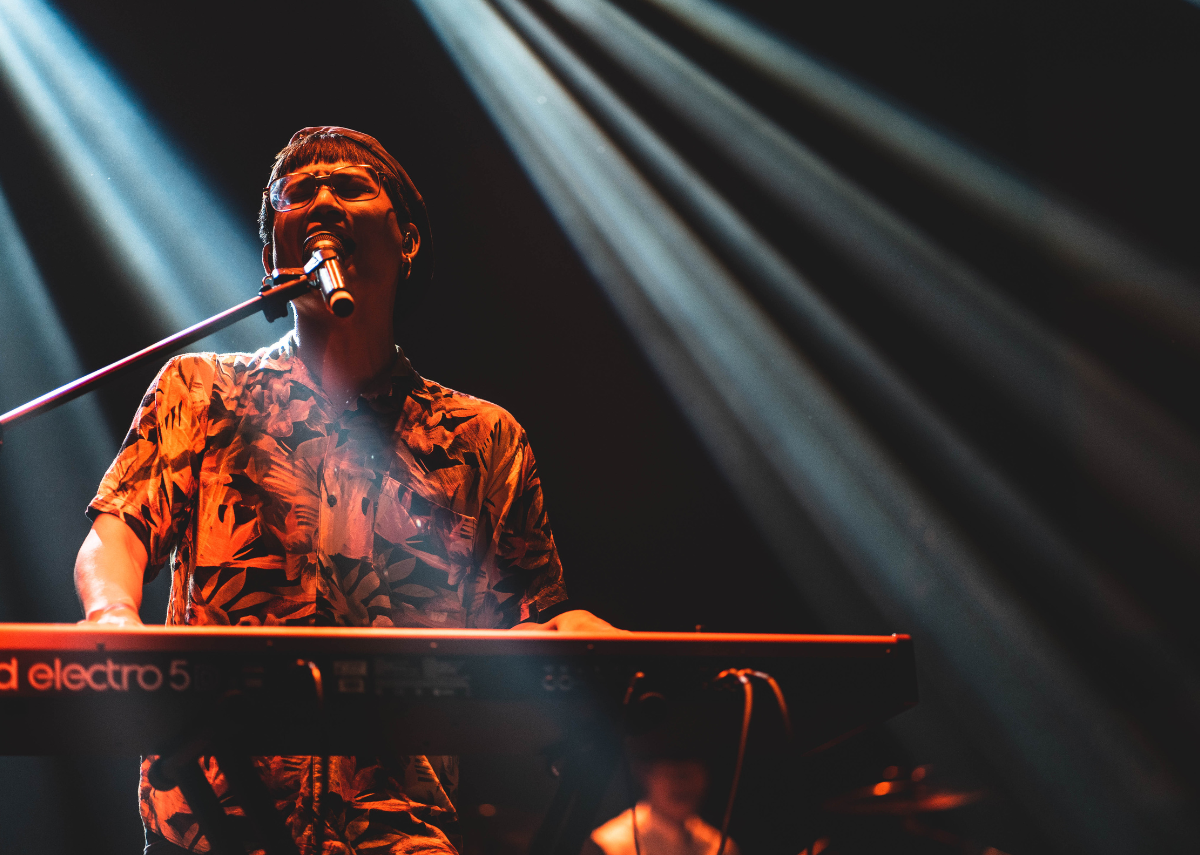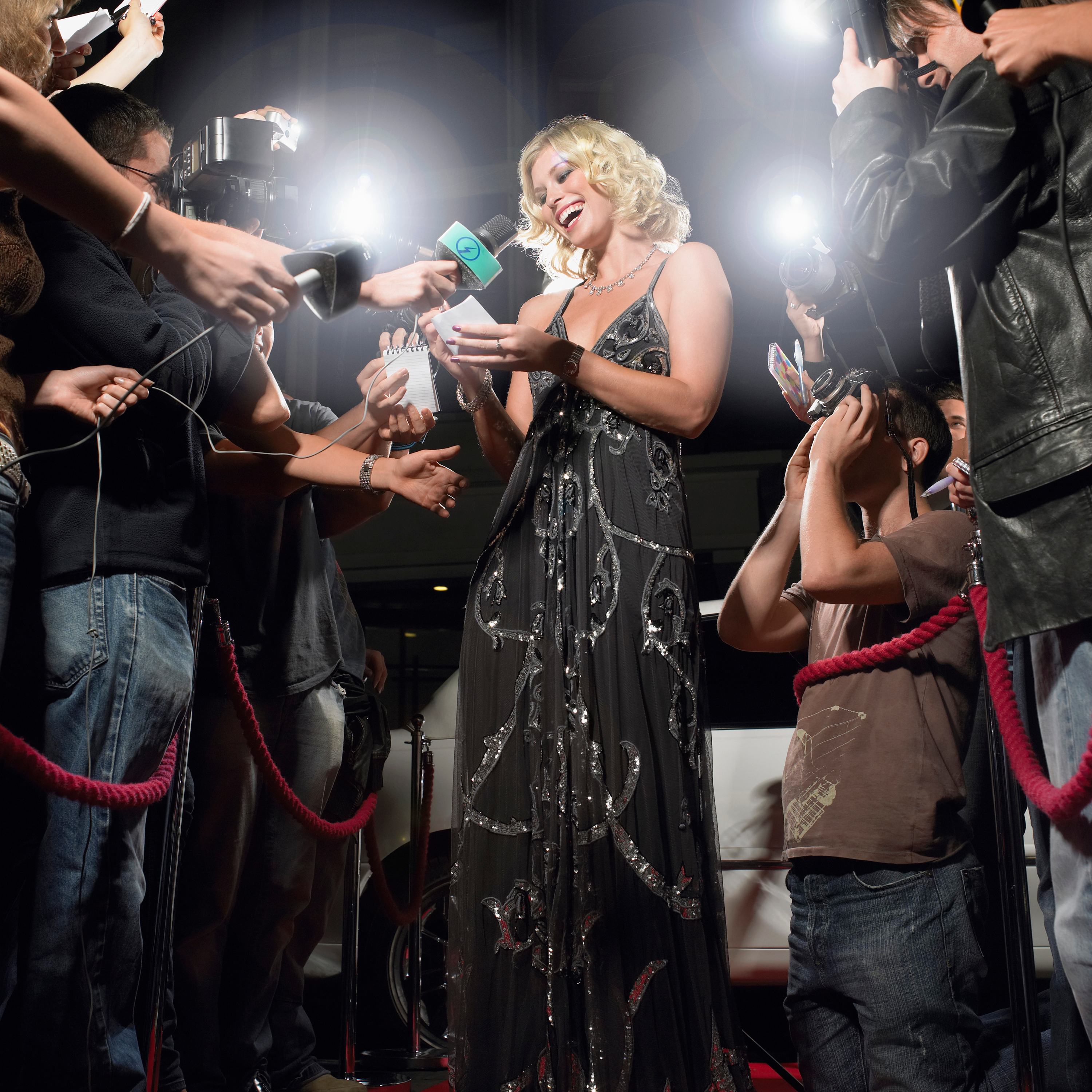A month in Paris is really as dreamy as it sounds. Strolling along the boulevards; and as the French say, licking the windows of boulangeries and more than occasionally walking in for a flaky, heavenly croissant. And, then there’s the bread. I can’t eat bread in Australia now. I’ve been too spoiled in Paris.
I chatted with someone on the plane who said the French President is trying to get UNESCO World Heritage status for the French baguette! Vraiment! Really there is nothing quite like it in this world.
Before I boarded the plane from Brisbane to Paris, I took the initiative to book a concert that I would play two weeks after I returned: a show that I entitled “Songs de Paris”; a show that had none of its songs written yet. Not one.
Songs de Paris
The inspired month started with conversations and movies on the plane. It’s as if every move I made was an opportunity to learn something, to see the world differently. One particular foreign film I watched on the plane was about a Polish painter and teacher, which I can only name after an extensive 2-hour Google search and reaching out to Emirates who found the film for me! The title of the film is “Afterimage”. What I learnt about this film is that art is not meant to be decoration, it’s a discovery. This was my conscious permission to discover.
This Polish artist also taught me, “in art, you can only give what you have”. My interpretation of this is that you can only give of yourself, so make sure you have enough so you can give and don’t expect to create art about something you know nothing about. As everything that you experience will affect the art you make, fill yourself with the goodies and write about what you know – whatever that is. So ask yourself, what do you know? Now write about that.
I bought a little travelling guitar to take with me to Paris.
I had envisaged spending days sitting on the grass of the Jardin du Luxembourg, my local park, writing songs in the winter sunlight. But when I got there, firstly I learnt you can’t sit on the grass, my bare hands were too cold in four degrees, and that there were only a few moments of sunlight over the month. So instead, I spent my days breathing in the December air along the Seine River, taking in as many exhibitions as I could and walking in the shoes of artists who had already started leading the way. And so I wrote from the warmth of my apartment at night.
One day I was quite sick and spent the day in bed reading from e-cover to e-cover Hemingway’s “Moveable Feast”, a memoir of his youthful years in Paris, with each turning page uncovering the city I was growing to love. One chapter talked in detail about where he lived, 113 Rue-Notre-Dame-des-Champs. Hemingway was much closer than I realised. He quite literally lived on the street where I was living. Upon further investigation i.e. Wiki, a number of well-practised artists including Renoir, Rodin, Pound and Victor Hugo also lived on this street at some point in history and just around the corner was Gertrude Stein’s atelier.
One of my secret tips to learning about artists and their art as discovery or another word for it – practice – was to rent the audio guide at each gallery for added insights by art historians. It was heartening to see the discoveries of such famous artists who often stuck at their craft and practiced for their entire lifetimes. Each masterpiece seems to have had thousands of practices before it. And nor were they all created as masterpieces.
As a songwriter, it is useful to see the tangible results of the practice.
Why? Because the practice of songwriting isn’t tangible. The concept of throwing away an initial idea because it doesn’t sound good is an oft-heard comment in the songwriting world. But what if every painter threw away the canvas when they didn’t like the initial idea? From the exhibitions I saw, they would try and work with it, adding paint, moving it around, taking it away, starting again using the original idea but taking it somewhere different.
There is an actual cost associated with painting materials used in painting practice, but not so for musical ideas created by a songwriter. What if we saw each idea as some cost to ourselves as songwriters? Maybe we would learn to follow through with ideas more often than discard them.
I saw many different versions of the same art pieces around Paris, for example, Renoir’s “Young Girls at the Piano”. He painted six versions of this theme. The first version I saw in Musée de l’Orangerie and the ‘finished’ version at Musée d’Orsay. The finished version, “whilst rich in details, has none of the freshness and spontaneity of the first version” according to the audio guide.
Interestingly, I could totally appreciate that. In my songwriting practice, and that of many members in my I Heart Songwriting Club group, I can hear a freshness in the energy of a new song, and sometimes after recording it, it sounds like it tried too hard to be good. I really love hearing brand new work – unrehearsed, brand new work – because the spirit of it is refreshing compared to our usual mode of presenting only fully realised and polished work.
It was in Musée national Picasso-Paris, I first heard Picasso’s famous statement from 1932.
“The art we make is a way of holding our newspaper”. Painting was his way of keeping a diary. In the ‘Picasso Exhibition 1932’ I saw his diary through dates of 1932 – practices and fully realised art pieces – his discovery of art in 1932. It made me see another side of art as discovery. Is art the final piece or the practice?
Here I saw how everything that you experience affects the art you make. Picasso was painting beach scenes for a number of weeks in 1932 before he had to go to Switzerland for a time. He visited a gothic cathedral on his travels and played around with crucifixion paintings. By the time he returned to his beach paintings, they were highly influenced by this. Rather than forcing the former beach idea, he allowed himself and his art to be changed by his experiences. Never force anything, let the art say what it wants to say.
I couldn’t help but follow in Picasso’s footsteps and document and ‘diarise’ my time in Paris through song. But this diary of songs doesn’t use just words to convey memory and emotion. There is harmony and melody and rhythm and nuance and so much more. This is the most incredible and thorough diary I’ve ever kept and every time I hear one of these songs, I’m walking through the streets of Paris again. I am able to hold parts of Paris within me in these songs and when I share them, I share a part of Paris with the listener.
I wrote the “Songs de Paris” show documenting my one-month living in Paris.
It was really raw, unpolished work with some French language. I thought I’d only show it once to complete the experiment, but as it turns out the first show sold out and so I’m doing it again six weeks later. That concert too is already almost sold out. This has never happened in my lifetime before. It’s often been such a slog to get people to a show. But there is something refreshing in presenting new work and telling a real story sharing the discovery of something – people want to connect with it.
It was sober (but very bright) reality to arrive back in Australia. So on my third day back I booked another return flight to Paris for a month in June. And like any discovery, who knows what I’ll find, but I’ll be ready to explore it all the same.
Francesca de Valence
Songs de Paris
March 24 Brisbane





